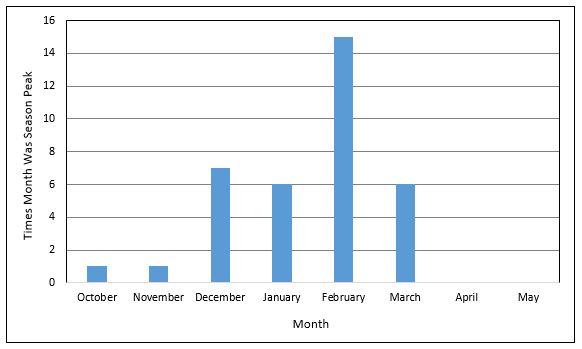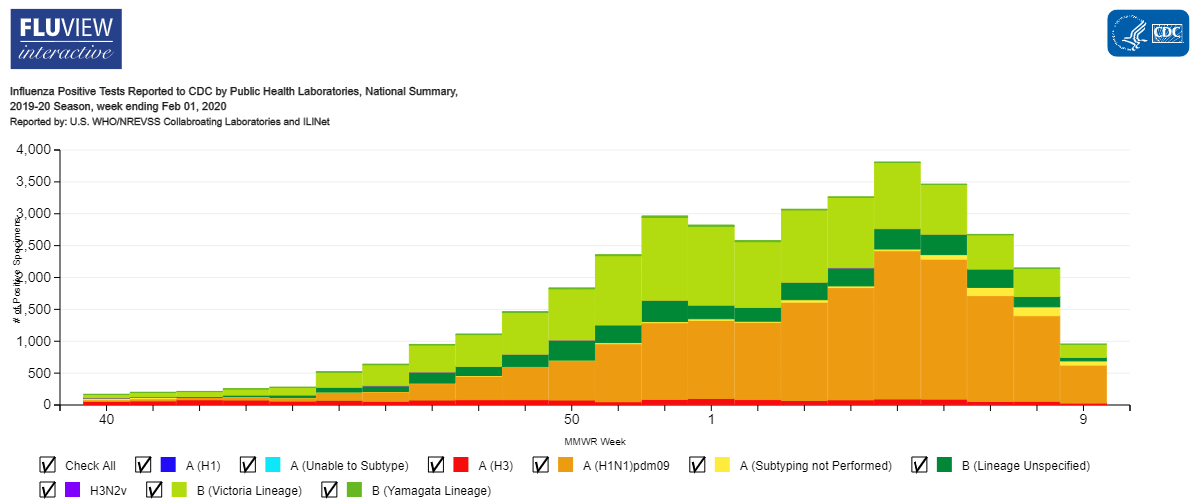Spring offers many benefits—relief from the winter cold, time for plants to bloom, and, what we will pay attention to even more carefully in 2020, sometimes the end of flu season.
The virus that causes the flu survives better in cold, dry air. It isn’t a coincidence that winter is also peak flu season months.
During winter, people are indoors more often, so they get less vitamin D from less sun exposure. Because of this, your immune system is comprised, and you are more likely to get sick. Combine this with the fact that the virus is more common, and more people are stuck inside breathing the same air together.
So what does spring have to do with the end of the flu season? When temperatures start to warm and humidity ramps up, flu season tends to wind down. Remember, the virus can’t live as long without cold, dry conditions. Flu season’s end typically lines up with the months of April or May.
It makes sense that flu activity usually starts around October. Although it can last as late as May, peak flu season is typically December through February. The most common month for the flu to peak is February.
According to the CDC, this year’s peak occurred the last week of January. The number of positive tests nationally is now declining from this peak.
Many are wondering if this seasonal variability will be the same for coronavirus. Because it is new, we can’t say for certain that it will or will not stop or slow down when warmer months arrive. We shouldn’t bank on the fact that it might start to improve with weather. We can say is that the length of the outbreak depends on our isolation efforts and how far it spreads globally. The best practice is still working to contain the virus and not relying on it to go away when it gets warmer like the regular flu.
















